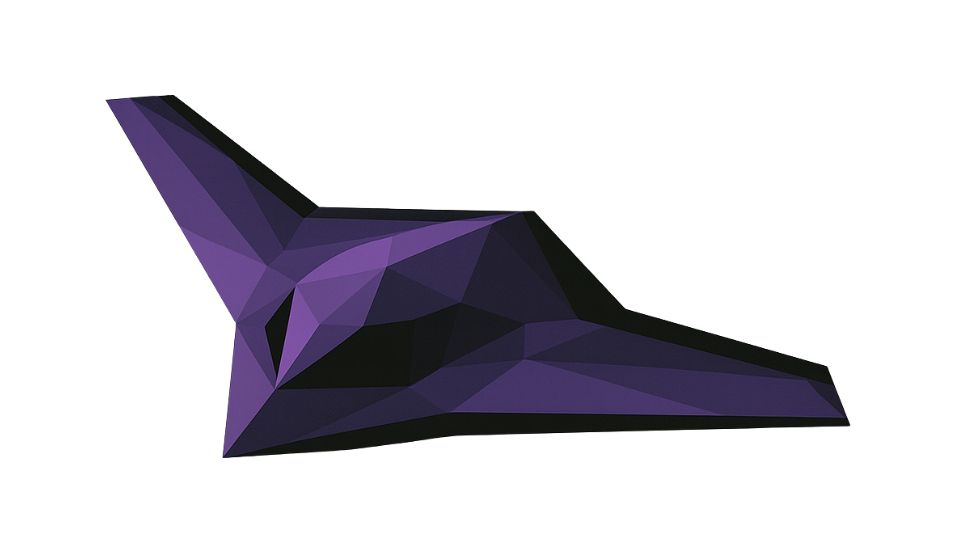U.S. Army Trials Long-Endurance Tethered Drone with EW Pod
The U.S. Army is exploring advanced capabilities for its forces, including long-endurance tethered drones equipped with Electronic Warfare (EW) pods. These systems enhance situational awareness and provide a persistent electronic advantage on the battlefield.
Advantages of Tethered Drones
Tethered drones offer key advantages over free-flying counterparts. They draw power directly from a ground station, enabling significantly longer operational times. This continuous power supply allows for extended surveillance, communication relay, and electronic warfare missions without frequent battery changes or refueling.
Electronic Warfare Capabilities
Equipping these drones with EW pods allows them to perform various electronic warfare functions. These include signal intelligence gathering (SIGINT), electronic attack (EA) by disrupting enemy communications or radar, and electronic protection (EP) to safeguard friendly forces. The tethered drone’s elevated position provides an excellent vantage point, extending the range and effectiveness of EW systems.
Potential Impact on Modern Warfare
Integrating long-endurance tethered drones with EW capabilities significantly impacts modern warfare. They offer a persistent eye and ear in the sky, providing continuous intelligence and the ability to respond rapidly to changes in the electromagnetic spectrum. This technology gives ground forces a critical edge in contested environments.
To understand more about the broader context of aerial systems, read our article on Autonomous Air Systems Explained. For insights into how drones are being deployed, see our piece on FPV Drones in Modern Warfare.

